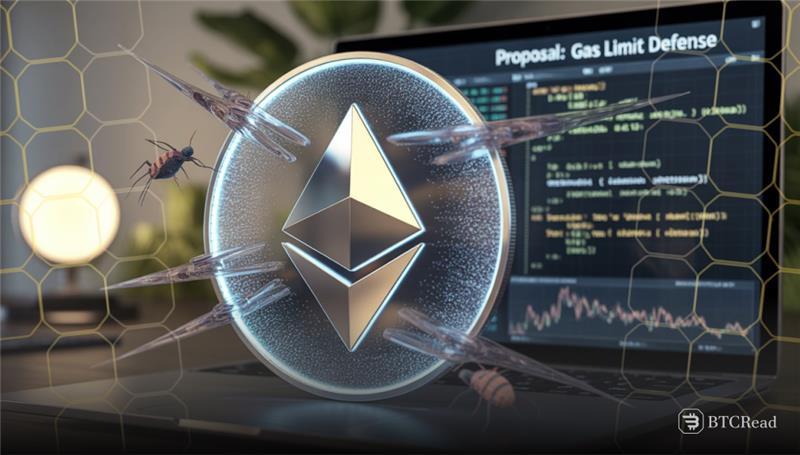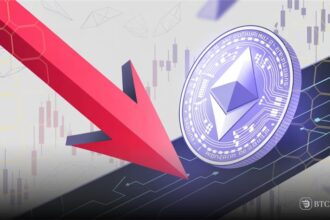Vitalik Buterin and Toni Wahrstätter proposed EIP-7983 to improve Ethereum’s network stability through a transaction gas limit. The proposal tries to cap the highest transaction gas at 16.77 million to prevent system overflow.
Today, where one transaction can use the entire gas capacity within a block, the risk is present for Ethereum denial-of-service attacks. These threats have the potential to reduce network speed, interfere with validation, and cause tremendous unpredictability for end-users and developers. EIP-7983 proposes a solution to distribute transaction load in a more balanced fashion across the network.
By capping transaction gas at 16.77 million, Buterin and Wahrstätter aspire to have the network transact more smoothly. The proposal ensures that large transactions are rejected in validation at the block level and don’t reach Ethereum’s base layer.
This overall block gas limit imposed by validators and miners will stay configurable at the consensus rules level. This limit does not apply to an entire block’s throughput but to a single transaction only.
Vitalik focuses on simpler, safer ethereum
One of the most significant drivers behind this proposal is to support zero-knowledge virtual machines (zkVMs), which are growing more integral to Ethereum’s scaling. Smaller components of transactions support zkVMs by reducing computational needs through decentralized applications and smart contracts.
The team and Vitalik selected the 16.77 million gas value, or 2²⁴, to support modern DeFi activity. The number represents a compromise between technical challenges and already-present in-the-system requirements for smart contracts.
Based on the draft proposal, most recent Ethereum transactions remain far below this gas limit, and therefore, the proposal wouldn’t interfere with ordinary network activity. Application or protocol developers would simply have to split large transactions into smaller operations that are manageable and within this gas limit.
Vitalik Buterin has further emphasized the aspect of making Ethereum less complex to use and to implement while reducing security risks due to the growing complexity in the protocol. He envisions Ethereum going in a better direction to coexist with Bitcoin’s simple model structure easily.
This upcoming EIP-7983 continues where previous initiatives like EIP-7825 aimed to ensure transactions are more secure. In the near future, as Ethereum continues to grow, Buterin is keen to ensure the construction of a more secure, scalable, and easier-to-use blockchain network.







